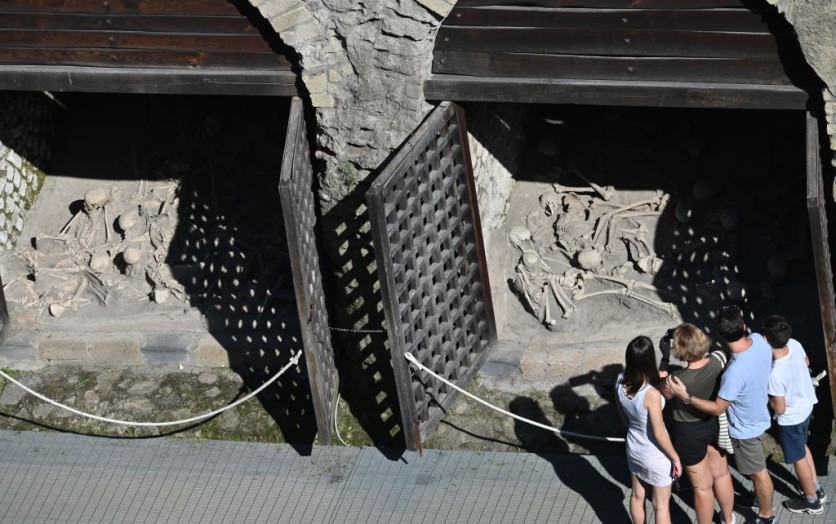Pompeii's devastation due to Mount Vesuvius' eruption in the 79 A.D. brought a massive case for all who aimed to study the case, especially its environment, culture, and the past Roman empire's history. It is also a case to look into its habitats, as most of the records and information there got destroyed by the catastrophe.
Now, its entirely preserved skeletons give answers to some of Rome's top questions.
Pompeii Skeletons Provide Answer to Ancient Questions

According to a research published in Nature, entitled "Bioarchaeological and palaeogenomic portrait of two Pompeians that died during the eruption of Vesuvius in 79 A.D.," a question got answered when studying a skeleton left behind in the rubble.
The research focuses on the person's identity and their origins, up to their final resting place in the city of Pompeii, which now sits in the volcanic ash that the Vesuvius left behind millennia ago. The skeletons are perfectly preserved and intact, with two people seen in the ruins who stayed in their houses during the disaster.
Researchers say that the person who was supposedly 35 at the time of the explosion could not move around due to spinal tuberculosis. The pair died right then and there due to the person's medical condition.
Read Also : ZeroAvia Raises $115 Million for Zero-Emission Hydrogen Passenger Plane but Builds Hybrid Aircraft
Rome is Diverse, Says This Research
The research also went as far as to trace the person's origins, saying that a massive part of his DNA can be linked to the people that came from Anatolia, which is present-day, Turkey. It only shows that the person who lived in Rome also came from other societies, explaining that Rome was one diverse nation during its reign.
Pompeii and its History
Pompeii may be another part of world history classes and geography lessons, with some discussing its massive eruption in science classes, but it is an explanation of life for some. Ancient Rome is one of the most influential civilizations on the planet, and the government it held before, brought a massive advancement to the culture and who we are now.
However, Pompeii's greatest lesson is that the Earth is still the boss around these parts, and its will cannot be prevented, even with preparations and evacuations. Humans can only adapt to the situation and hope for the best, with many things in place to help them survive and avoid getting caught in another disaster.
Those struck by Vesuvius' eruption serve as an excellent ground for research, as it is one significant part of the world's history.
The rich history of Pompeii is still a "gold mine" now, and it is because of the ruins it left, which became a preserved piece of Ancient History, as no one in the world went by to erase it all until the present. Those that maintain it gives history and justice to its victims, and the researchers are doing it as well, identifying them as they are not forgotten.
Related Article : Robotic Skeleton Grows Stretchable Human Cells! Can The New Tissue Engineering Method Help Patients
This article is owned by TechTimes
Written by Isaiah Richard




